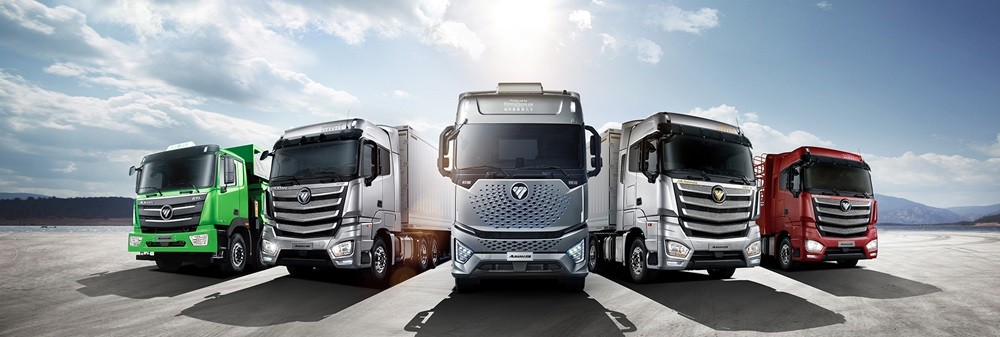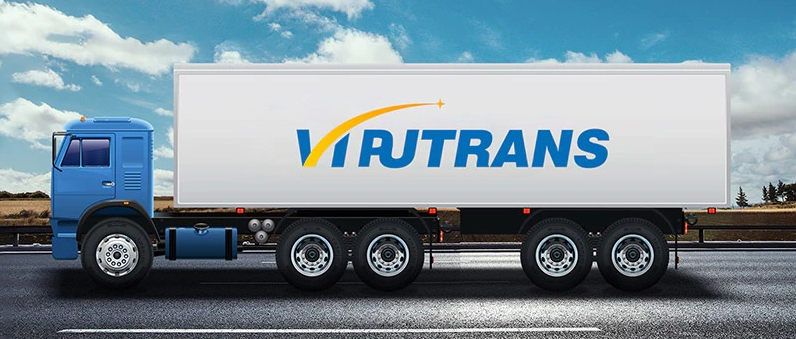Be your Logistics Department in China
Customized logistics solutions, your logistics expert in China
Customized logistics solutions, Shipping from China to the World
Tel:+8613424475220 Email:info@viputrans.com 
In the ever-expanding world of international logistics, road transport between China and Russia is an essential service for businesses looking to move goods efficiently across long distances.
This article explores the primary road transport routes to Moscow and St. Petersburg, Russia, highlighting key timeframes, the difference between direct TIR and reload at the border, the products best suited for road transport, and the advantages of road transport over sea and rail.

Road transport from China to Moscow and St. Petersburg is primarily handled through major highways connecting China with Russia, notably the Trans-Siberian and other key routes across Kazakhstan. The most common routes include:
l From the Northeast (Manzhouli to Moscow/St. Petersburg): This is one of the most frequently used entry points for trucking between China and Russia. The transport travels through Manzhouli, one of China's busiest border crossings, and continues via the M56 or M52 highways in Russia. This route connects directly to Moscow and St. Petersburg.
l From Xinjiang (Khorgos to Moscow/St. Petersburg): The Khorgos border crossing is another significant access point from western China to Russia. Trucks travel through Kazakhstan before reaching Russia and continuing toward Moscow and St. Petersburg. This route is also popular for both Full Truckload (FTL) and Less Than Truckload (LTL) shipments.
Timeframes for road transport from China to Russia depend on the specific origin and destination, but typically, the journey can take:
l To Moscow: Around 16 to 19 days, depending on road conditions, customs clearance, and border processing times.
l To St. Petersburg: Approximately 17 to 20 days, as it is a longer route from the Russian border.
One of the key distinctions in road transport between China and Russia is the choice between Direct TIR (Transports Internationaux Routiers) and reload at the border.
l Direct TIR: This method allows trucks to carry goods without unloading at the border. TIR is a customs transit system that facilitates the quick movement of goods across international borders by simplifying customs procedures. This results in fewer delays and faster transit times for goods. TIR is particularly beneficial for FTL shipments and large consignments that can be moved directly without needing additional handling at border points.
l Reload at the Border: In some cases, trucks may need to unload their cargo at the border for reloading onto another vehicle due to restrictions or differing regulations between countries. This method can increase transit times, particularly for LTL shipments, which may involve smaller, less time-sensitive deliveries. However, it might be necessary for specific types of cargo or where TIR arrangements are unavailable.
Road transport is ideal for a wide range of products, particularly those that require flexibility, timely delivery, or that are too sensitive to wait for the longer transit times of sea freight. The most common products suited for road transport to Moscow and St. Petersburg include:
l Electronics and Appliances: High-value, compact products that benefit from direct transport routes.
l Automotive Parts: Just-in-time deliveries are critical for automotive industries, making road transport the preferred method.
l Consumer Goods: Items such as clothing, textiles, and household goods that need to reach consumers quickly are ideal for trucking.
l Machinery and Equipment: Road transport offers a practical solution for heavy and large industrial machinery when rail or sea freight may not be as efficient or cost-effective.
Road transport is especially favorable for FTL shipments, where full truckloads of goods can be moved without delay, but LTL shipments are also viable for smaller loads.
When comparing road transport to sea and rail, several advantages stand out, making it an attractive option for many businesses:
l Flexibility: Unlike rail or sea transport, which follow fixed schedules and routes, road transport offers the flexibility to deliver goods directly to the destination. Trucks can take various routes and adjust to changes in demand or road conditions, ensuring more reliable and tailored solutions.
l Faster Transit Times: While rail and sea may offer bulk shipments at lower costs, road transport is faster for shorter distances and door-to-door delivery. For urgent or time-sensitive deliveries, especially those moving from China to Russia, trucking is the preferred choice. The ability to bypass delays at ports or rail stations gives road transport a significant edge in terms of speed.
l Cost-Effectiveness for Shorter Distances: For medium-distance shipments, especially LTL or FTL deliveries, road transport is often more cost-effective than sea freight. Sea transport involves port handling and longer waiting times, while road transport ensures faster and more direct delivery.
l Better Access to Remote Locations: Trucks can reach more remote or hard-to-access locations, making road transport a more comprehensive solution than rail, which is limited to specific routes. For businesses needing to serve rural areas of Russia or areas not well-served by rail, trucking is essential.
5.Main Customs Clearance Procedures (China → Russia)
Your goods must be registered with Chinese customs before leaving the country. This includes:
l Export declaration
l Product HS code classification
l Inspection for restricted items
l Verification of invoice and packing list
Chinese authorities ensure everything complies with international shipping regulations.
Step 2: Border Clearance and Transit Declaration
Once the truck reaches the border (e.g., Manzhouli–Zabaykalsk), customs officials on both sides check:
l Transit manifest
l Vehicle and cargo inspection
l Sealing of trucks (in some cases)
l This step is crucial for tracking goods through customs corridors.
Step 3: Import Clearance in Russia
On the Russian side, customs reviews your cargo documents, confirms import duties, and applies VAT where necessary. Using a freight forwarder with customs experience is highly recommended to avoid misclassification or extra charges.

Road transport between China and Russia, particularly to Moscow and St. Petersburg, offers businesses a reliable and flexible logistics solution. Whether utilizing direct TIR for seamless transit or opting for reload at the border to navigate border complexities, road transport remains a favored choice due to its flexibility, faster transit times, and cost-effectiveness for both FTL and LTL shipments. .
Whether shipping to Moscow, St. Petersburg, or other Russian cities or remote areas, we offer FTL (full truckload) shipping services.With a precise destination address, we can help you find available options. Phone/Wechat/Whatsapp: +8618926970495 ;
China-Russia shipping is our strength. In addition to trucking, we also offer air, rail, ocean, and DDP shipping.
E-MAIL:sales04@viputrans.com;Shawn. If you have any needs, please feel free to contact me.
Copyright © 2003-2025 VIPU Supply Chain Logistics Co., Ltd. | All Rights Reserved
LOGISTICS | E-COMMERCIAL FULFILLMENT | ABOUT US | CASE | NEWS | VIDEO | CONTACT US
We will find the fastest or the cheapest way for your shipment. Please specify: where from, where to, what to ship.